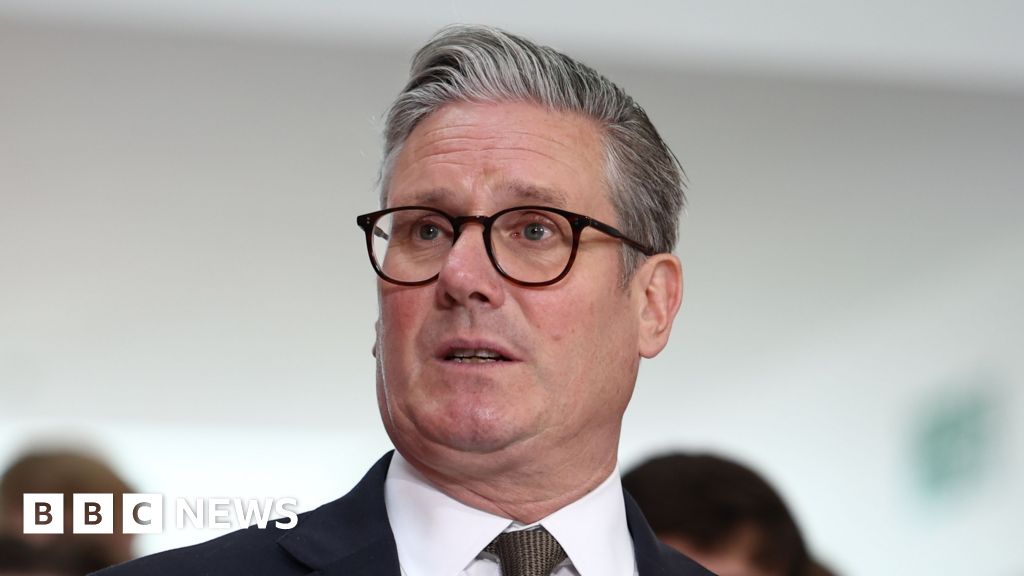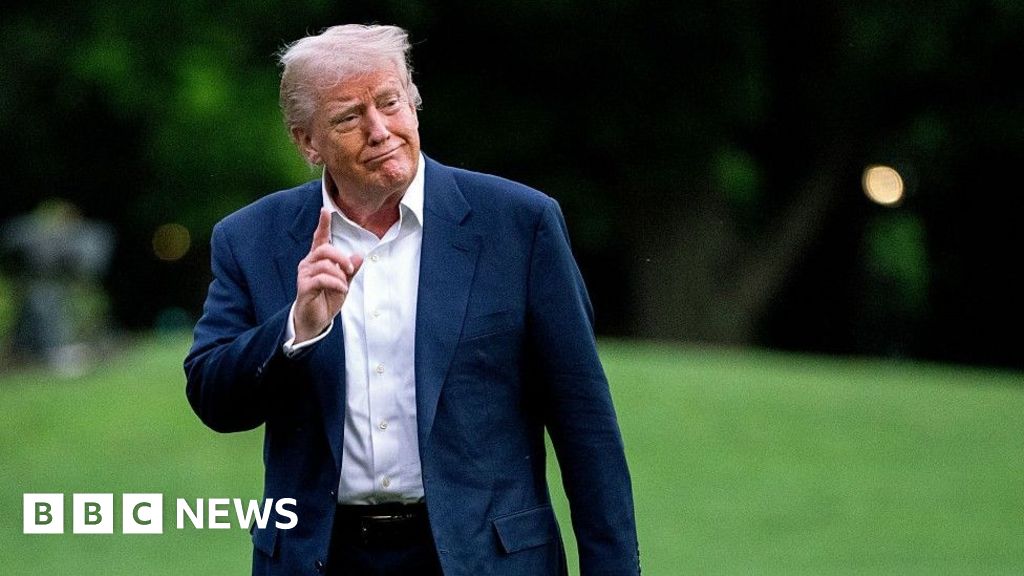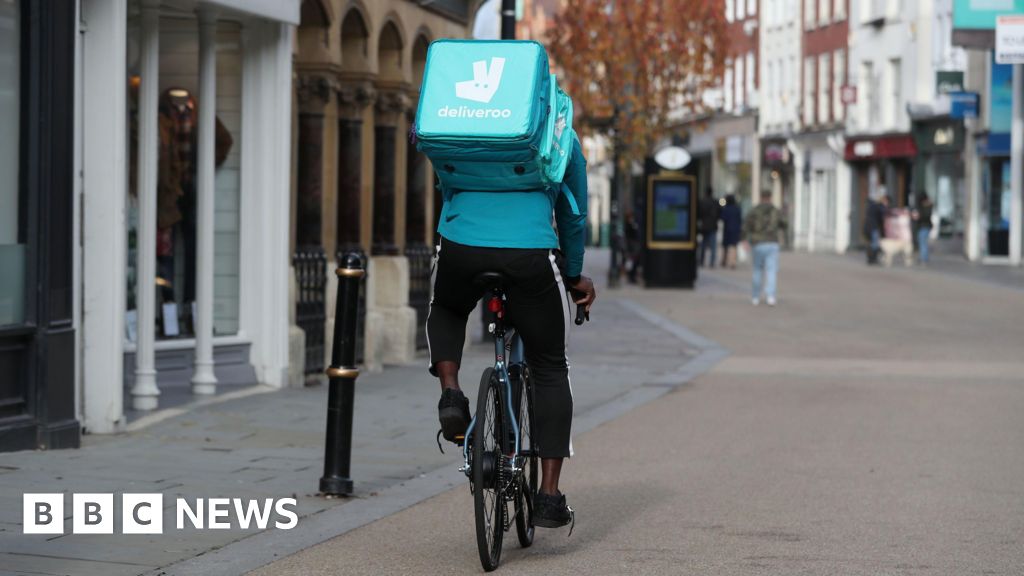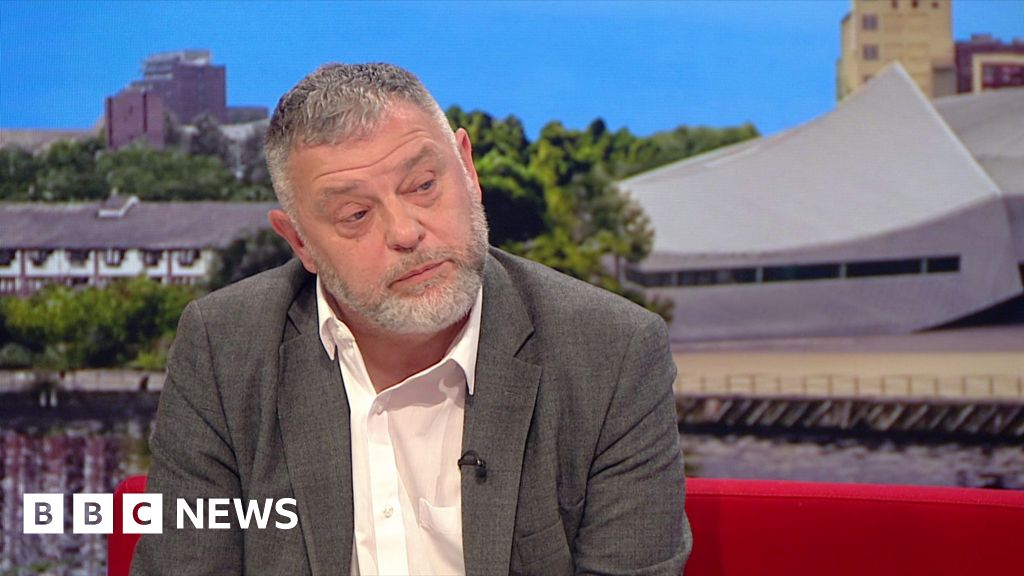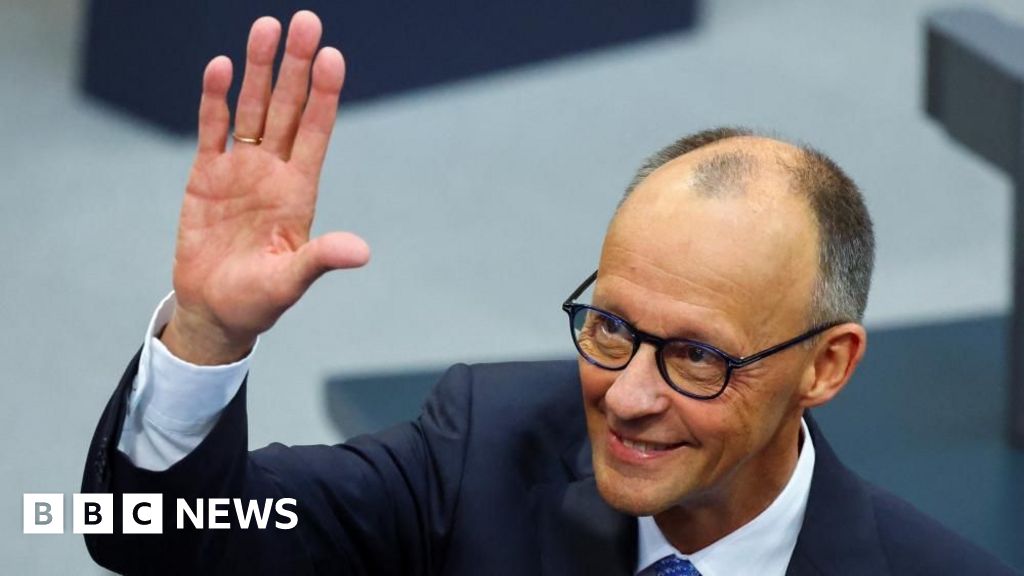Faarea Masud
BBC Business reporter

 Getty Images
Getty Images
Job vacancies fell to the lowest level in nearly four years, according to official figures, suggesting demand for workers is weakening as employment costs grow.
The number of jobs on offer dropped to 781,000 in the first three months of the year, the Office for National Statistics (ONS) said, while people on payrolls also declined.
Average UK pay continued to rise - up 5.9% - but increases in employer National Insurance Contributions as well as National Minimum Wage hikes which came into force this month are forecast to weigh on salaries.
"The looming hike in employers' taxes in April is very likely to have persuaded employers to hold back on hiring," said Sarah Coles, head of personal finance at Hargreaves Lansdown.
Employment Minister Alison McGovern welcomed a continuing rise in real wages and said April's changes will boost "people's payslips and improving living standards".
However, the number of workers on payrolls dropped by 78,000 in March and were revised down for the previous month.
Ms Coles said that pausing hiring "is the simplest lever for businesses to pull when they want to slow things down. It's far cheaper and damaging than letting people go, so may be a sign of things to come".
The ONS said the UK unemployment rate remained at 4.4%, roughly the same as the previous three months.
The employment rate for people aged 16 to 64 years was 75.1%, still below Labour's target of 80% employment.
The ONS said its jobs figures should be treated with caution because of low response rates to its employment survey, on which the figures are based.

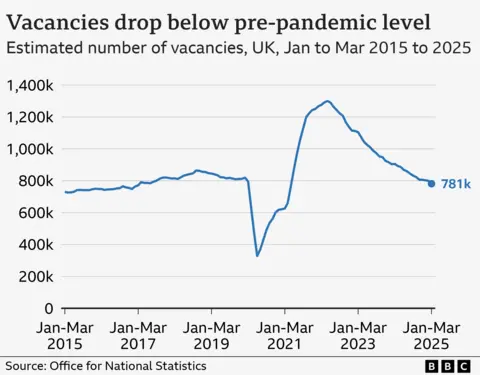
While average wage grew, some economists predicted higher costs could weigh on this.
Yael Selfin, chief economist at KPMG UK, said: "The short-term impact of the rise in labour costs which came into effect in April, will likely put downward pressure on pay over the coming months."
Meanwhile, recruitment firm Manpower said the whole picture of the labour market will not be fully understood for some time as the effect of Donald Trump's tariffs spreads.
"We're seeing much broader scale cutbacks than we'd previously anticipated as higher costs coincide with the Trump-led tariffs and British Steel negotiations, all adding to a greater sense of uncertainty for businesses," said Anna Spaul, market intelligence director at ManpowerGroup UK.
.png)
 3 weeks ago
18
3 weeks ago
18



